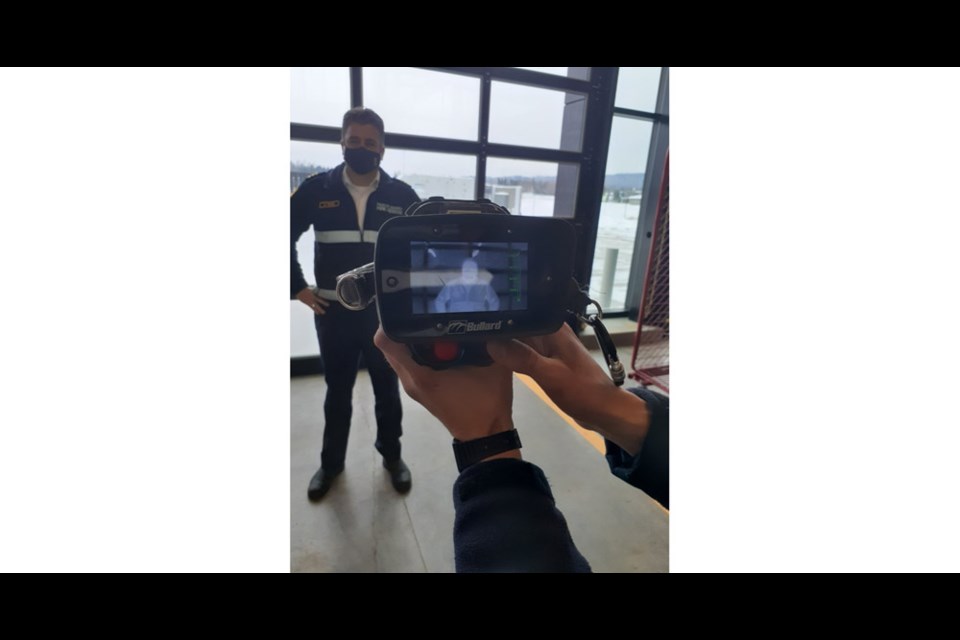When Assistant Fire Chief Dan Pears reported the details of a recent condo fire to the local news media recently, he described pressurizing the unit and using a piercing nozzle and a thermal imaging camera as weapons to combat the blaze.
“As far as the last 30 years of fire fighting, there's been a lot more science involved,” Pears explained.
So what are these techniques and devices and how do they work?
The piercing nozzle is a long, narrow nozzle that only makes a small hole. It helps contain a fire while spraying water in a confined area, which makes it safer for firefighters as well.
"That's good because it keeps separation between you and the fire and also gives you access to the fire without doing a whole bunch of damage," Pears said. "Eventually you have to open up the ceiling anyway but whenever you can keep a barrier between you and the fire, it's always best. We don't use the piercing nozzle a lot - it's almost a specialty tool in some ways."
Meanwhile, pressurizing a space uses the basic physics that when things heat up they expand to work against the fire.
"So in a confined space, for example, a structure or house, it's expanding because it's in a confined area," he said. "So we'll set a fan up in the doorway or window that we choose and pressurize the building. That creates greater pressure than the fire creates so that helps confine the fire to its area of origin."
And the same principles are used whether it's a house or a 10-storey apartment building.
"So we can direct a fire where we want it to go - out this window, out that door - by opening certain doors, closing certain windows and compartmentalizing it," Pears said. "So that's one of the biggest pieces of equipment we use - the fan, pressurization, and how we pressure ventilate to blow the fire out a window or keep it to a certain area."
Thermal imaging cameras are also used. These are handheld cameras that give temperature readings.
"That helps us map out the area where the majority of the fire is," Pears said.
In the last 25 to 30 years, the fans that help pressurize a building and the thermal imaging cameras are the two most important tools to help combat a fire most efficiently, he added.
"Sometimes we'll get to fires and we'll actually start closing windows and doors," he said. "Back in the day we used to open everything up to get the smoke out of the building. Well, we've learned through theory and study and training how that can have a negative effect on how the fire can then go wherever it wants. So a lot of times we're better off keeping it buttoned up for a bit. That way we can get a better read on things, walk around the building, the house - whatever it is, using thermal imaging, get a rough idea where the fire is and then we make a plan. It's a lot more tactical, there's a lot more science involved. Using today's tools definitely makes for better outcomes and at the end of the day it's all about putting the wet stuff on the red stuff."



